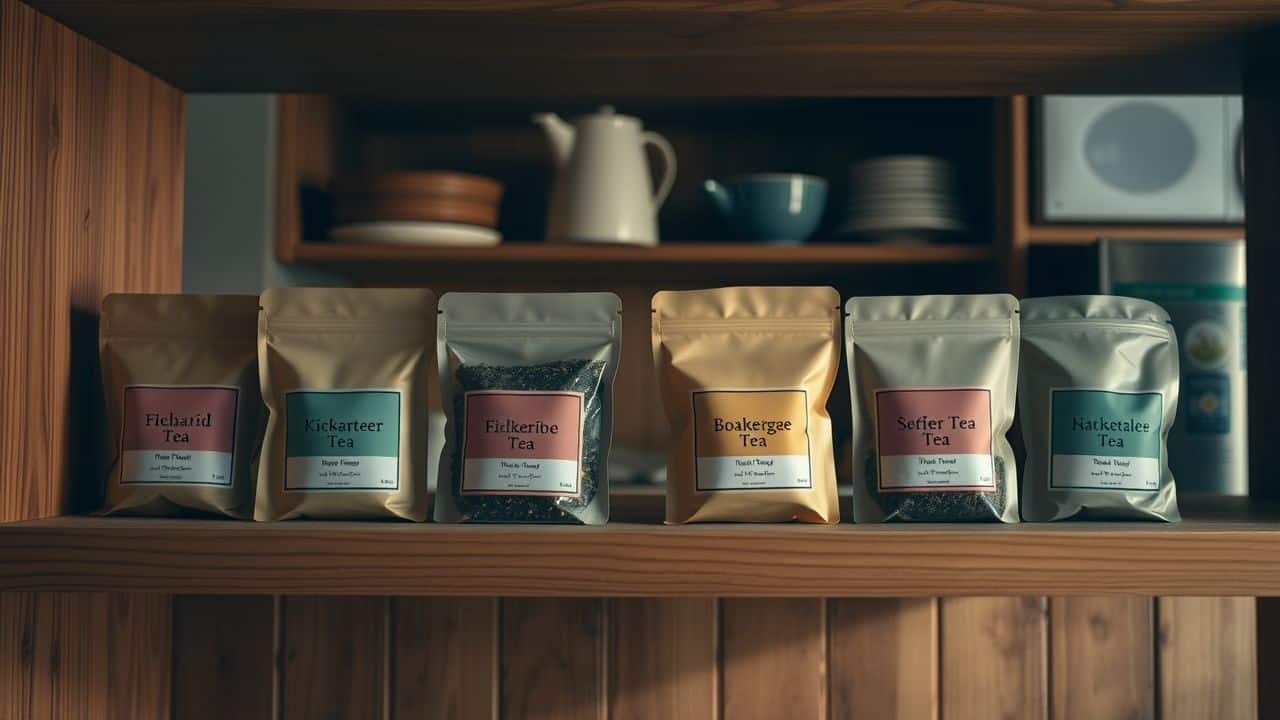Tea lovers often wonder “how long do teas last” when they spot dusty tea boxes in their cabinets. Most teas stay fresh for about one to two years when stored right. I’ll show you the shelf life of six different tea types and share simple tricks to keep them fresh longer.
Get ready to learn the secrets of making your tea collection last!
Key Takeaways
Most teas stay fresh for 1–2 years when stored right, but each type has its own shelf life. Black tea lasts up to 2 years, green tea 6–12 months, white tea about 1 year, and oolong up to 3 years.
Pu’er tea can last up to 50 years and gets better with age through natural fermentation. Herbal teas stay fresh for 3–4 months in original bags or up to a year in airtight containers.
Store tea in dark, airtight glass, ceramic, or metal containers to block light and moisture. Keep tea away from strong odors, heat, and direct sunlight. The ideal storage temperature is between 65-75°F.
Japanese green teas like matcha need refrigeration to stay fresh longer. Let cold-stored tea reach room temperature before brewing for the best taste.
Bad tea shows clear signs like dull aromas, flat taste, and visible mold growth. Expired tea can be used for composting, natural dyes, and air fresheners instead of throwing it away.
Table of Contents
Understanding Tea Expiration
The magic of your morning cup starts with fresh tea leaves. Most teas stay good for up to 2 years from their packaging date. I learned this fact during my visit to several tea estates in Asia.
The shelf life depends on the tea’s quality and storage conditions.
Fresh tea is like a symphony of flavors – every note matters.
Your favorite loose-leaf tea won’t spoil like milk, but it will lose its charm over time. The aromatics and essential oils fade away, making your brew taste flat. Many supermarket teas sit on shelves for months before purchase, so they’re already past their prime.

For the best taste, try my favorite Bengal spice tea recipe with fresh tea leaves. The volatile oils in fresh tea give you more antioxidants and better flavor.
Green tea fans should grab seasonal picks right after harvest in spring or autumn.
Shelf Life of Various Tea Types
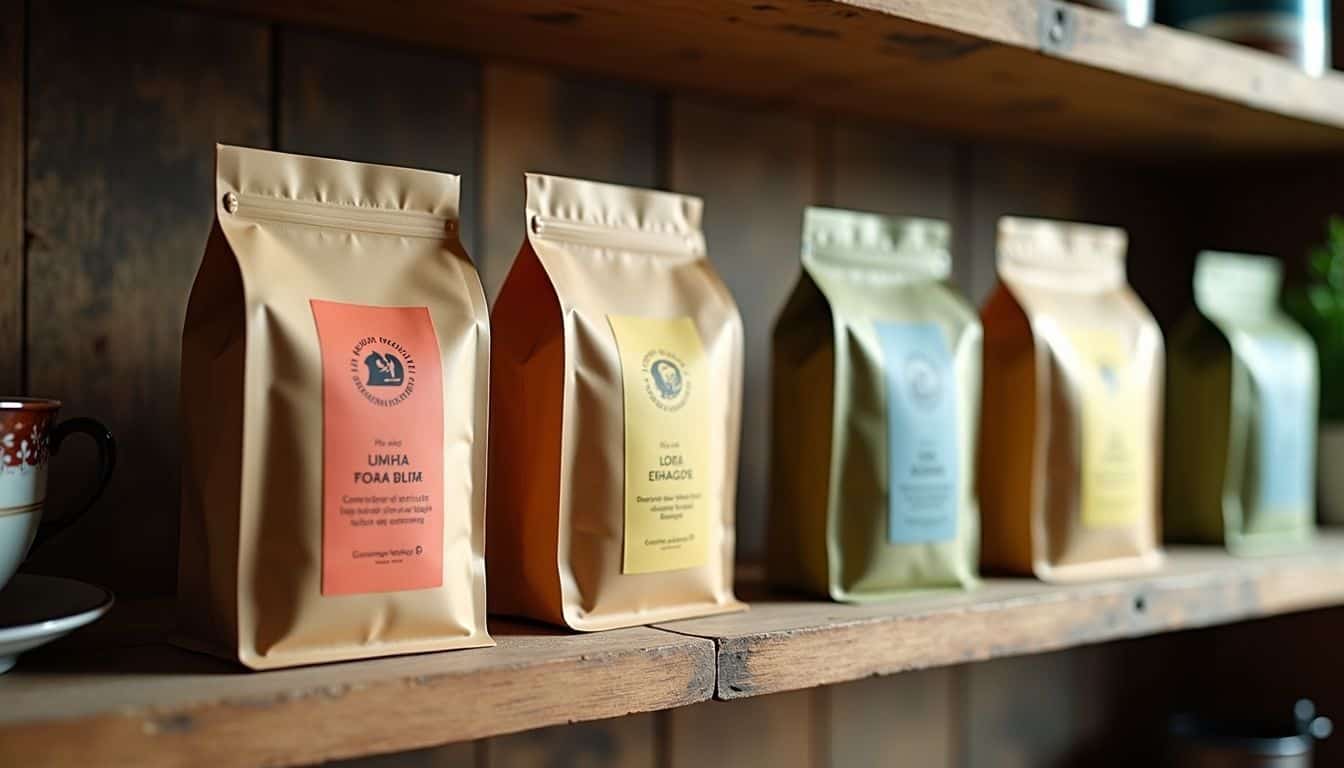
Each type of tea has its own lifespan based on how it’s processed and stored. Black, green, white, oolong, herbal, and pu’er teas need different care to stay fresh and tasty.
Longevity of Black Tea
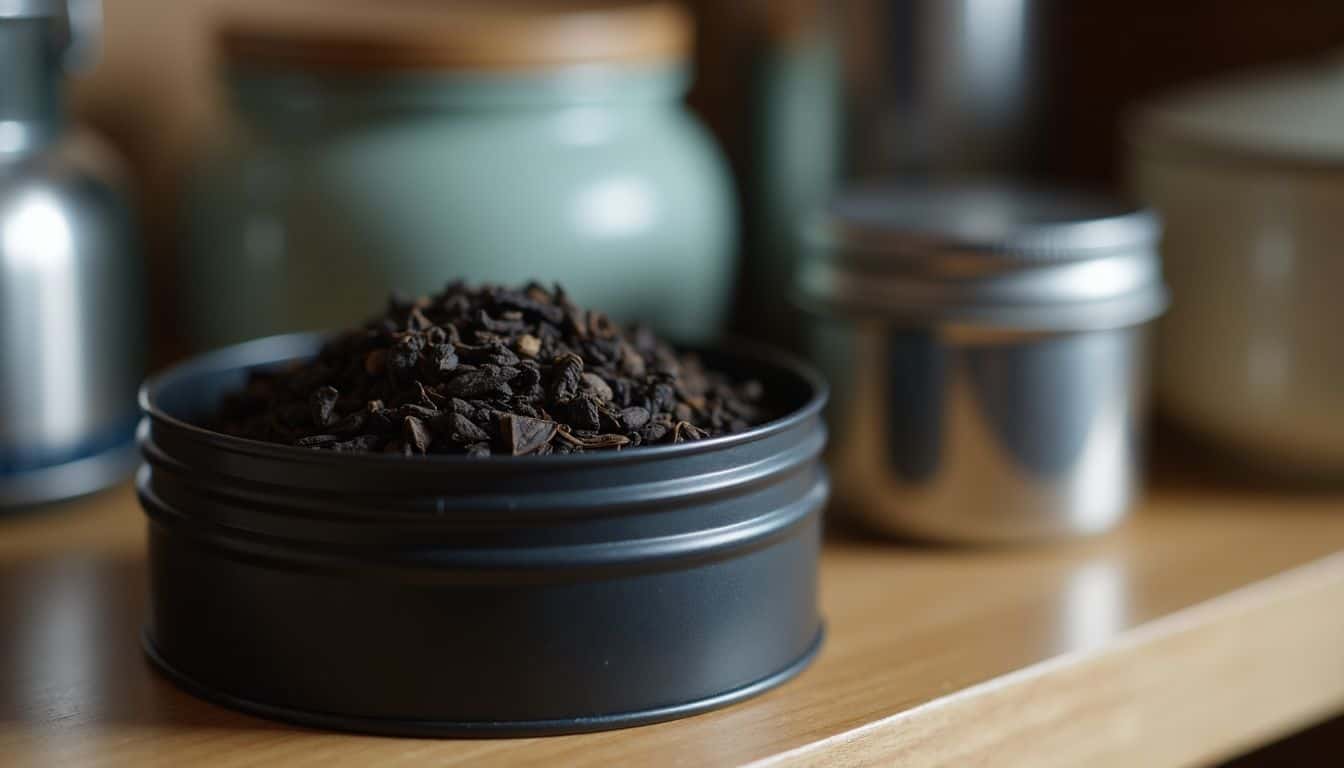
Black tea stands as a champion of longevity in the tea world. Premium varieties stay fresh for up to two years with proper storage. My tea collection taught me that black tea needs an airtight tin to keep its rich taste for 12 months.
The leaves hold their flavor best in cool, dark spots away from moisture and strong odors.
Most store-bought black teas come with a “best by” date of one year. I store my Earl Grey and Darjeeling in dark metal tins in my kitchen cabinet. This simple step keeps their bold flavors intact.
The loose-leaf teas maintain better quality than tea bags or fannings. Next up, let’s explore how green tea differs in its storage needs and shelf life.
Preservation of Green Tea

Green tea needs special care to stay fresh and tasty. Most green teas keep their flavor for 6 months to 1 year if stored right. I learned this the hard way after ruining an expensive batch of sencha by leaving it near my kitchen window.
The sun and heat turned my lovely tea into a dull, flavorless mess.
A properly stored green tea is like a well-kept secret – it reveals its magic only when the time is right.
I store my green teas in dark glass jars with tight lids. This simple step stops moisture and air from spoiling the leaves. Tea storage might seem basic, but these small steps make a big difference in your daily cup.
Duration of White Tea Freshness

White tea keeps its delicate flavor for about one year after processing. This prized tea variety needs special care to maintain its subtle notes and light color. Tea lovers store their white tea leaves in dark, cool spots away from strong smells.
I’ve found that airtight containers work best to keep moisture out of my precious silver needles.
Fresh white tea gives off a sweet, gentle aroma that fades over time. My tea-tasting experience shows that properly stored white tea stays tasty for 12 months at room temperature. The leaves stay fresh longer in vacuum-sealed bags or containers that block out air and light.
Loose tea leaves need more protection than bagged versions since they have more surface area exposed to the elements.
Oolong Tea Stability

Moving from white tea’s delicate nature, oolong tea offers more staying power in your cupboard. This partially oxidized tea keeps its fresh taste for up to three years with proper storage.
Tea masters roast oolong tea leaves to cut down moisture, which helps them last longer.
Expert tea makers in Asia take aging oolong seriously. They re-roast these teas each year to control moisture and build deeper flavors. Think of it like aging fine wine – the taste gets better over time.
The roasting process locks in the tea’s rich aroma and stops mold from growing. Smart storage in airtight containers helps your oolong tea stay fresh and tasty.
Herbal Tea Viability
Unlike oolong tea, herbal teas follow different storage rules. These tisanes pack a flavor punch for 3 to 4 months in their original bags. The good news? Your favorite herbal tea can stay fresh up to a year in an airtight container.
Tea lovers can rest easy about drinking older herbal teas. The flavor might fade over time, but the tea stays safe to drink. Smart storage makes a big difference in keeping these beverages tasty.
A cool, dark spot away from humidity works best for your herbal tea stash. Many tea fans use vacuum sealers to lock in the fresh aroma longer. The natural oils in herbs like orange peels and lemon stay stronger in sealed containers.
Shelf Life of Pu’er Tea

Pu’er tea stands out as a marvel in the tea world. Raw pu’er can last up to 50 years and gets better with age, much like a fine wine. The leaves develop deeper flavors and richer aromas through natural fermentation.
Tea collectors prize aged pu’er for its smooth, earthy notes.
Like vintage wine, pu’er tea transforms time into taste.
Storage plays a big role in pu’er tea’s shelf life. Cooked pu’er needs shorter storage times than its raw counterpart. The tea needs airtight containers in cool, dark spots away from strong odors.
Basements work great for storing pu’er tea collections. Most tea lovers keep their pu’er cakes in original paper wrappings to maintain proper aging conditions.
Optimal Tea Storage Methods

Learn the tricks to store your tea like a pro – from picking the right containers to finding the perfect spot in your kitchen – and keep reading to discover how your favorite brew stays fresh longer.
Storing in Air-Tight Containers
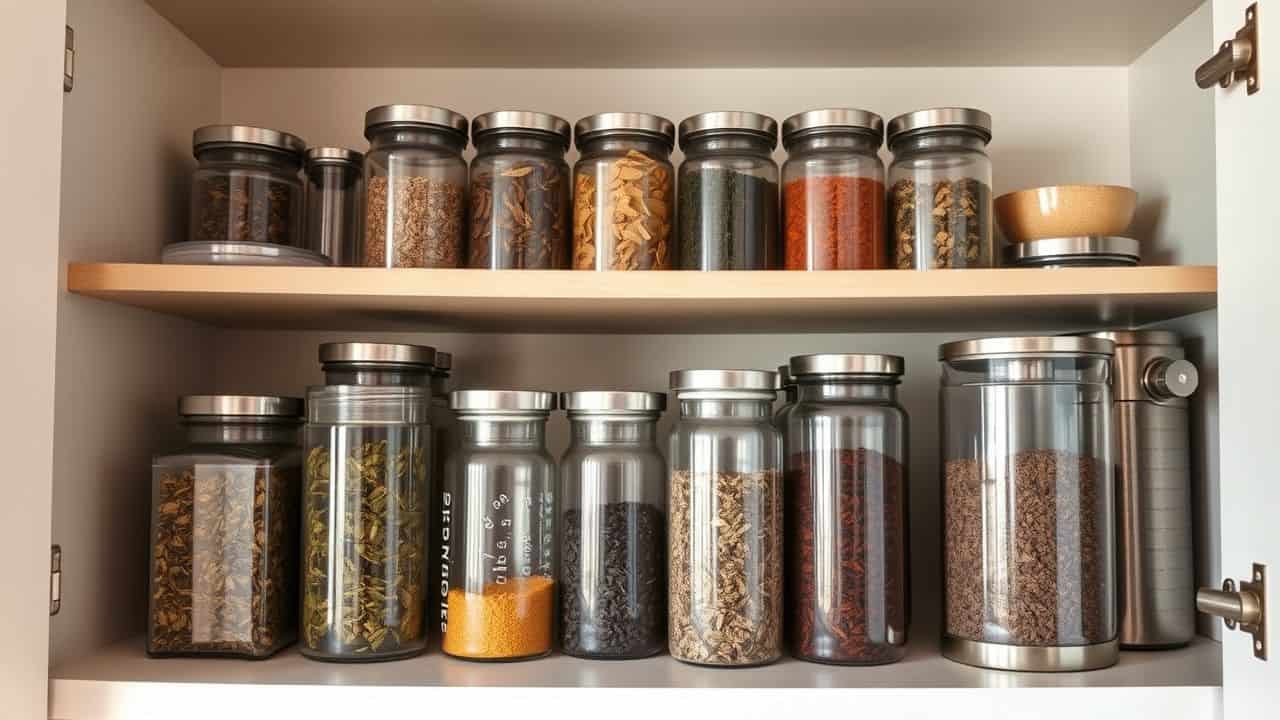 Air-tight containers protect your tea’s fresh aroma and taste. Glass, ceramic, or metal containers work best to keep tea leaves safe from moisture and unwanted smells. Skip plastic containers – they tend to absorb odors that can mix with your tea’s natural scent.
Air-tight containers protect your tea’s fresh aroma and taste. Glass, ceramic, or metal containers work best to keep tea leaves safe from moisture and unwanted smells. Skip plastic containers – they tend to absorb odors that can mix with your tea’s natural scent.
Your loose-leaf tea stays fresher longer in dark, sealed containers that block out light.
Store your favorite teas in opaque containers to maintain their rich flavors. This simple step keeps the camellia sinensis leaves from losing their punch too fast. The right container makes a big difference in how long your tea stays good – just like proper storage helps you enjoy the benefits of Bengal spice tea for months.
Pick containers that seal tight and keep air out for the best results.
Keeping Tea in Cool, Dark Locations
Your tea needs a cozy home away from bright lights and heat. Direct sunlight breaks down tea leaves fast, stealing their fresh aroma and taste. The perfect spot sits in your kitchen cabinet, far from your stove and sunny windows.
Your pantry works great too – just pick a shelf away from spices that might share their strong smells with your tea.
Dark spaces shield your tea from harmful UV rays that speed up aging. The ideal storage spot stays between 65-75°F, never getting too hot or cold. Think of your tea like a vampire – it thrives in cool, dark places! Metal cans and colored glass bottles make perfect homes for your loose leaves.
These containers block out light while keeping moisture and unwanted scents at bay. Your tea’s flavor will stay bright and crisp, ready for that perfect cup whenever you need it.
Refrigeration Tips for Certain Teas
Cool, dark spots work great for most teas, but some need extra care in the fridge. Japanese green teas, like matcha, stay fresh longer in cold storage. The low temps slow down oxidation and keep the tea’s bright flavor intact.
Pop your delicate teas in an airtight container before they hit the fridge. This step blocks moisture from sneaking in and spoiling the leaves. The container also stops your tea from soaking up food smells.
No one wants matcha that tastes like last night’s leftovers! Just bring the tea to room temp before brewing to get the best flavor from your cup.
Signs of Tea Deterioration
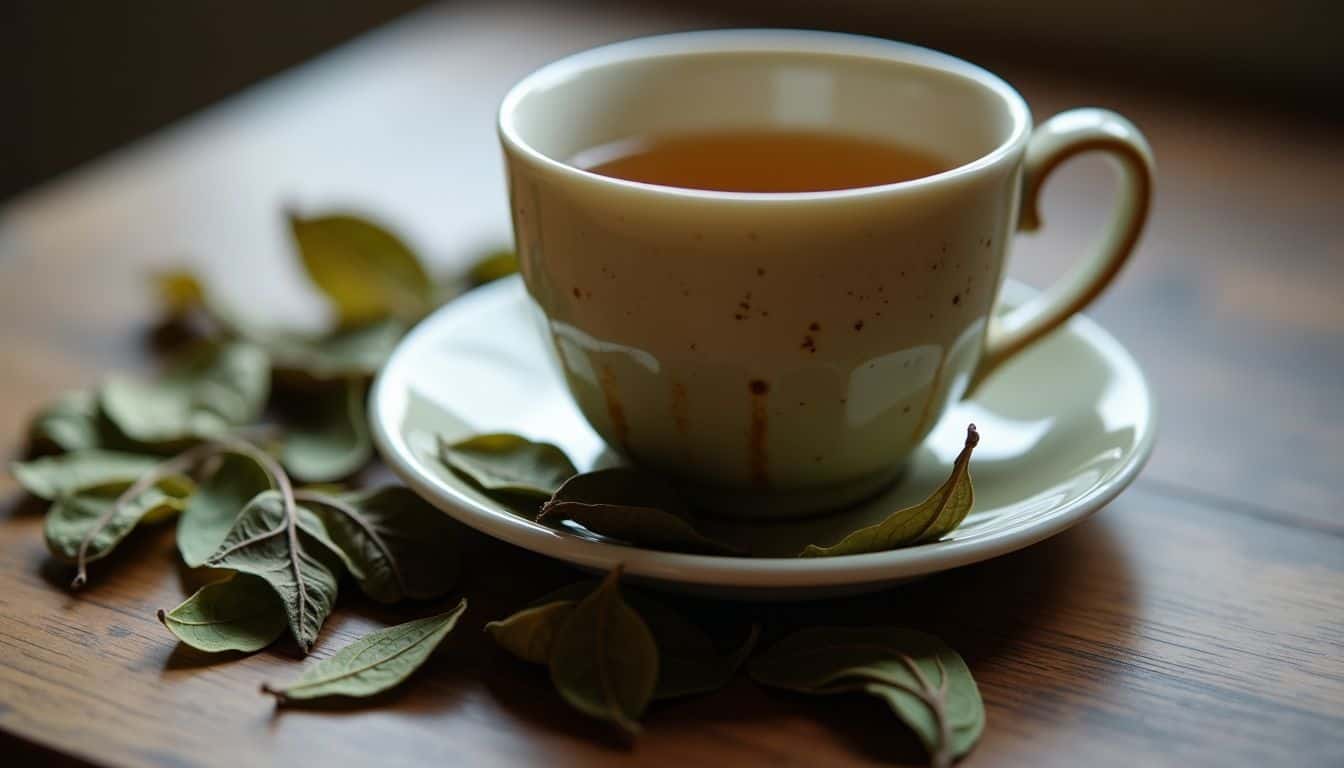
Your tea leaves will tell you when they’ve gone bad through clear warning signs. Keep your eyes peeled for changes in smell, taste, and looks – these changes act like a traffic light, signaling when it’s time to toss your tea.
Changes in Aroma
Fresh tea fills your nose with sweet floral notes that make tea time special. I noticed this last week while opening a new pack of black tea – the scent burst with life and promise.
Sadly, tea aromas fade over time as their volatile compounds break down. The lovely floral and fruity scents decrease first, leaving behind a flat, stale smell.
Tea’s aroma tells a clear story about its freshness. A dull or musty smell signals your tea has lost its magic. The change happens slowly, but you’ll spot it if you pay attention to how your tea smells each time you brew.
Next, let’s explore how tea’s taste changes alongside its scent.
Diminished Flavor
Tea loses its magic over time. I noticed this last month with my favorite chai blend – the spicy kick had turned into a weak whisper. Stale tea tastes flat and boring, like a sad cup of colored water.
The bright notes fade away first, leaving behind a dull taste that might make you wrinkle your nose.
Your taste buds will tell you right away if tea has lost its punch. Good tea should dance on your tongue with bold flavors. Bad tea just sits there, lifeless. The color in your cup might look lighter too.
Some teas even get a funky taste, similar to wet cardboard. Let’s explore how mold can show up in poorly stored tea leaves and what that means for your health.
Visible Mold Growth
Mold on tea looks like tiny white, green, or black spots that spell trouble. These unwanted guests pop up when moisture sneaks into your tea storage. I once found fuzzy patches on my favorite oolong, and trust me, it went straight to the trash.
Your nose knows best – any musty or weird smell means it’s time to say goodbye to those leaves.
Bad tea storage leads to slimy textures and odd colors. These moldy teas aren’t just gross – they can make you sick with allergies or stomach problems. I’ve learned to keep my precious pu-erh in airtight containers after losing a batch to mold.
The moment you spot any suspicious growth, don’t risk your health. Toss those leaves in the compost pile and start fresh.
Uses for Expired Tea

Old tea bags still pack a punch in your garden. I mix expired tea leaves into my compost pile every month, and the results amaze me. Tea adds nitrogen to the soil, which helps plants grow bigger and stronger.
Last summer, I tossed my expired green tea bags into my rose garden’s compost, and my flowers bloomed like never before. The leaves break down fast and feed helpful bacteria in your soil.
Plus, expired tea works great as a natural dye for fabric projects. My sister dyed her old white curtains with leftover black tea, creating a lovely antique look.
Your expired tea can spark creativity in fun ways. I’ve discovered that old tea makes fantastic watercolor paint for art projects. Just mix the tea with a little water, and you’ll get beautiful earth tones perfect for painting landscapes.
The pu-erh and oolong teas create deep browns, while herbal teas offer lighter shades. Tea leaves also work as a natural air freshener. I sprinkle dried leaves in my car and closets to absorb bad smells.
The tea might not taste great anymore, but it still holds on to its fresh scent. These creative uses save money and help cut down on waste in your home.
People Also Ask
How can I tell if my tea has gone bad?
Your nose knows best! Check the fresh tea aroma – if it smells musty or odd, it’s time to say goodbye. Good tea should keep its tea flavor for months when stored right. Just like sake, tea needs proper storage to stay fresh.
What’s the typical shelf life of tea for different types?
Most teas last 6–12 months when stored properly. Oolongs can stay fresh for up to 2 years. The champion of shelf life is pu-erh teas – they actually get better with age, like fine wine! Always check the expiration date or expiry date on the package.
Can I use old tea for anything else?
You bet! Old tea works great for composting. While it might not make the best cup for drinking, you can use it in tea recipes like baked goods or marinades. Just make sure it hasn’t developed mold.
What’s the best way to store tea to keep it fresh longer?
Keep tea in an airtight container away from light, heat, and moisture. Don’t store it near strong smells – tea loves to play copycat with nearby odors! Think of tea like a vampire – it doesn’t like sunlight or warm spots.
References
https://www.marthastewart.com/how-long-does-tea-last-7495971 (2024-07-31)
http://teapotnews.blogspot.com/2016/11/storing-pu-erh-tea.html (2016-11-20)
https://kindsoftea.com/blog/tea-storage-guide-7-tips-to-keep-tea-fresh-longer (2024-11-16)
https://teaepicure.com/how-to-store-tea/ (2019-02-21)
https://www.ncbi.nlm.nih.gov/pmc/articles/PMC10739856/ (2023-11-17)
https://teaasks.com/does-tea-mold-understanding-mold-growth-prevention-and-risks/ (2024-10-28)
